Date: 14/15th March 1944
Time: 11.03 p.m.
Unit: 4 Staffel./Kampfgeschwader 2
Type: Junkers Ju 188E-1
Werke/Nr.260238
Coded: U5 + BM
Location: White House Farm, Great Leighs near Chelmsford, Essex, England.
Pilot: Leutnant. Horst Becker. 57 357/141 – Killed. Born 24.04.1922 in Bluesenbach/Cologne.
Observer: Unteroffizier. Gerhard Bartolain. 69645/216 – Killed. Born 18.04.1922 in Walter-Kehmen, Krs. Gumbinnen.
Radio/Op: Unteroffizier. Albert Lange. 58214/192 – Killed. Born 19.01.1921 in Hamm/Westf.
Gunner 1: Unteroffizier. Guenter Goecking. 58214/267 – Killed. Born 01.09.1920 in Dortmund.
Gunner 2: Oberfeldwebel. Heinrich Litschke. 58213/190 – Killed. Born 23.10.1916 in Recklinghausen.
REASON FOR LOSS:
On its way to target when attacked by a night fighter at about 16,000 ft. It dived vertically into the ground with the starboard engine and outer wing on fire, wreckage being spread over a wide area. Markings: upper surfaces dark green with wavy grey lines superimposed, the undersurfaces spray painted black.
Engines: BMW 801 G. Armament: one MG 131 in dorsal turret, one MG 131 in rear dorsal position. Remains of eight 50 kg phosphorous incendiary bombs were found in the wreckage. The two external bomb carriers were two ETC 1000.
This aircraft was shot down by S/L Edward. N. Bunting DFC and F/L C. P. Reed DFC in a Mosquito (MM 476) of No.488 Squadron.
Extract from Form (F) Personal Combat Report 488 (NZ) Squadron S/L Bunting.
One Mosquito XIII S/L E. N. Bunting DFC (Pilot) and F/Lt C. P. Reed DFC (Nav/R) was airborne Bradwell Bay 21.55 hours under North Weald control (Controller F/Lt Fox-Male). On going over to searchlights pilot gave Gauntlet and investigated an arew of several beams, picking up a contact with the enemy aircraft dropping window (silver foil strips). S/L Bunting continues as follows:- I climbed from 16,000 feet to 20/21,000 on making contact which was at three miles range, 25 degrees above, 20 degrees off and estimated the enemy aircraft to be travelling at 160/170 mph. During the chase I was lit by searchlights many times, but closed in and obtained a visual at 300 yards of a Ju 188 doing mild evasive. I opened fire from 120 yards, dead astern with a two and a half second
burst observing strikes on the starboard engine and a big fire started on the wing outboard of the starboard engine. The starboard engine began to burn and the enemy aircraft went down vertically to starboard. The fire went out temporarily but shortly afterwards there was a large flash from the ground. I orbitted and gave fix which control confirm as M.1735 and this is now known to be the position at which a Ju 188 has been found near Great Leigh's.
I claim a Ju 188 destroyed. Cannon: HE/SAPI. 25 rounds each. No stoppages. Landed base 2359.

Great Leigh's Ju 188 (U5 + BM) pictured shortly before the crash (Brownless)

 cc
cc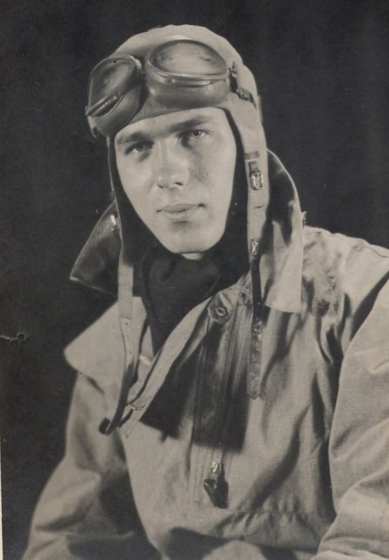
The gunner, Oberfeldwebel Heinz Litschke of the ill-fated Ju 188 (Litschke).
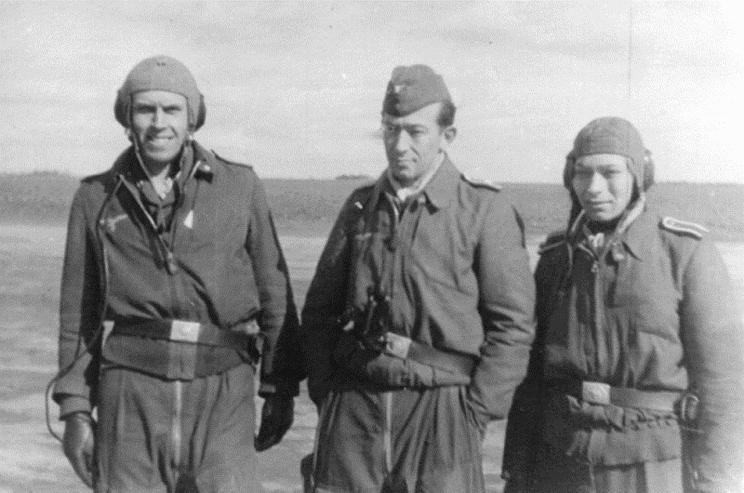
Three other un-identified crew members believed to be from the U5 + BM (Litschke)
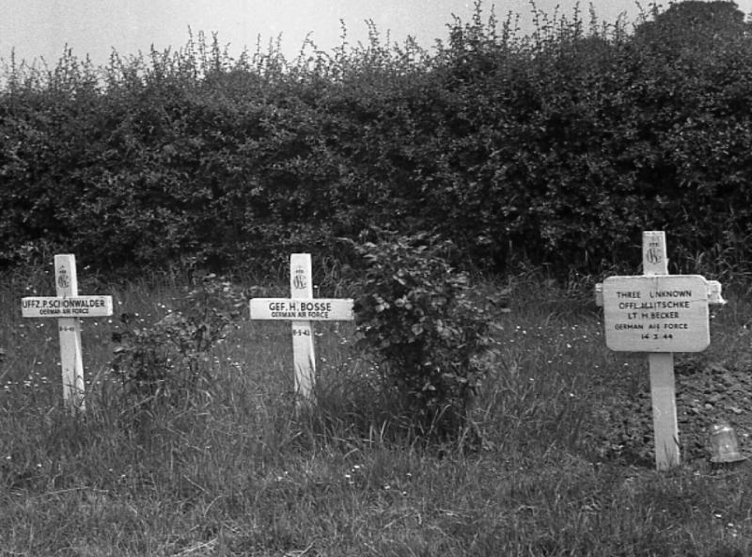
The grave pictured far right is that of the Great Leighs crew Three unknown +,
Ofw. Litschke & Lt. Becker, North Weald Parish Churchyard. (Foote)
Personal account of the incident by Tony Fewell (2005).
I was living in Little Waltham Essex, when on 14th March 1944 a Ju188 German Plane was shot down at Great Leighs. The aircraft had come over Chelmsford where the rocket guns fired at it and set it alight, the guns stopped firing and a Mosquito aircraft opened fire on it and it crashed at Whitegates Farm. The Pilot of the Mosquito was Squadron Leader Bunting. I went to see the crash site the next evening, I went with my friend Ron Nice and we saw as we got near, that as it had crashed the aircraft had lost one wing together with an engine, which had landed in another field and we examined it. In no time at all I saw a shell head embedded in the structure and very soon a second one. With 64 rocket guns firing at it there must have been many more hits and this has always made me wonder why the mosquito claimed the victory. However at the time of the crash our local warden Mr Don Wroot, together with members of the home guard went to the site as did numerous American Airmen from the nearby Boreham Airfield.
At the same moment both Don and an American Airman spotted a German revolver lying in the grass, and each made a dive for it. The American achieved the prize and in so doing dropped his torch, which Don retrieved and honour was satisfied. On leaving the village Don donated this trophy to me, which I still have to this day. An uncle of mine, Don Green also in the Home Guard, had attended the crash, and he picked up a cigarette case belonging to one of the crew members. The case was badly damaged and burnt. Sadly I didn't know about this find until some years ago, by which time it had been passed on to an Aviation Historian and is now in the possession of The Marches Aviation Society at Abergavenny.

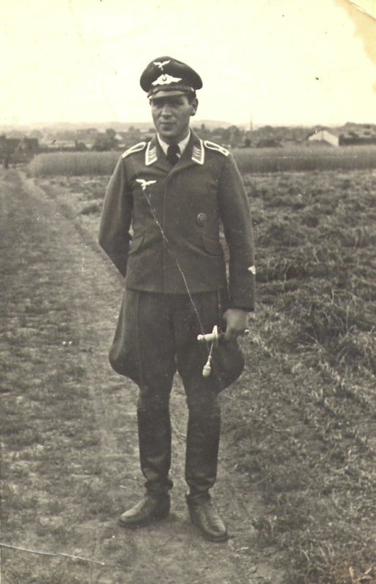 cc
cc
Oberfeldwebel.Heinz Litschke.cccccccccccccccccccccccccccccccccccccccccccccccccccccccc
 cc
cc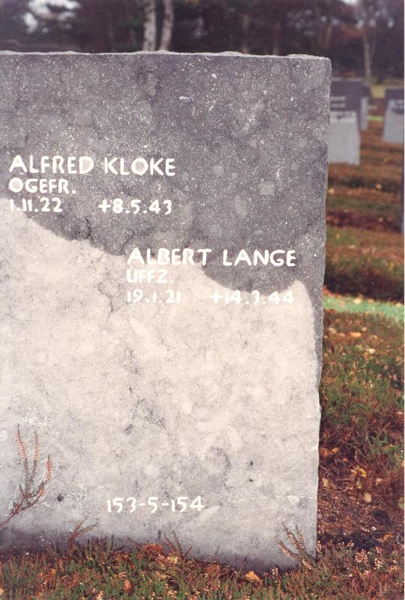
Burial details: This crew now rest in the Deutsche Soldatenfriedhof Cannock Chase, Staffs.
Horst Becker & Heinz Litschke 155-5-156, Guenter Goecking & Gerhard Bartolain 157-5-158,
Albert Lange 153-5-154.
Researched and compiled by Melvin Brownless with thanks to Guenter Litschke, Ruediger Kaufmann, and the late Peter Foote. May 2013.

